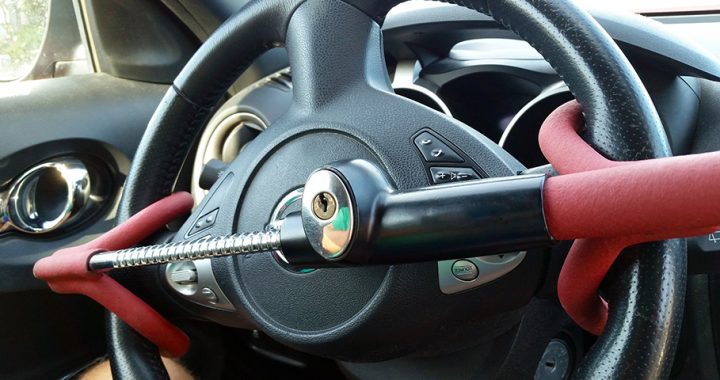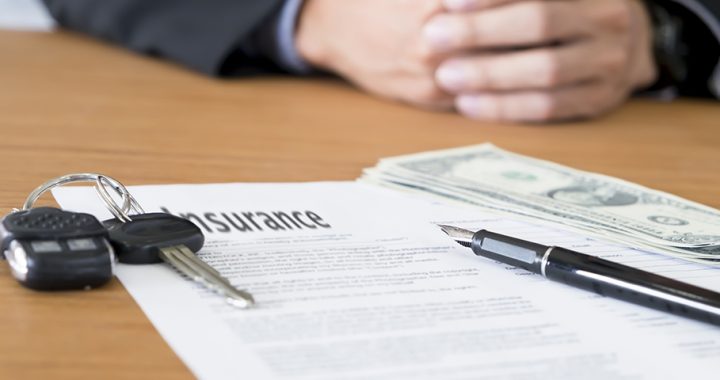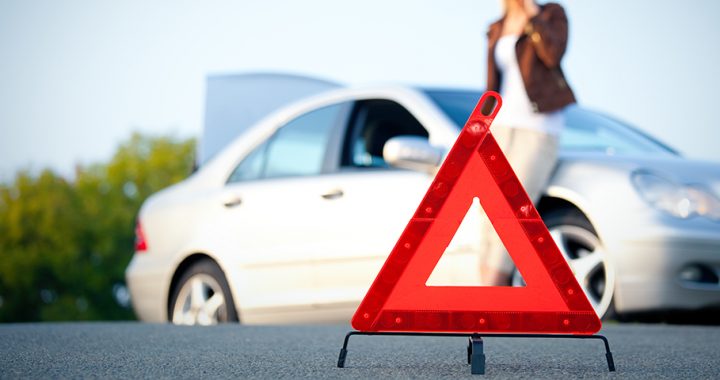A Basic Guide To Home Insurance
2 min readThere are many home insurance products available, and it is important to consider your needs before just going for the cheapest possible deal.
Almost all mortgage providers will insist that you have buildings insurance to cover the cost of rebuilding your home in case of disaster. This is so that they are able to recover the asset which is your home if for some reason you cannot pay the mortgage.
You should make sure your buildings insurance covers the cost of alternative accommodation if for some reason your home is uninhabitable. You will also find it worthwhile to double check whether the policy fully covers the cost of rebuilding or if it gives the market value of your property.
As well as the physical structure like the walls and roof, your buildings insurance policy should cover any permanent fixtures in your home, including for example your bathroom suite, fitted kitchen cabinets and garden shed. Essentially, the things that you would not or could not normally take with you if you moved home should be covered by your buildings insurance policy.
The items within your home that you would take with you if you moved need to be covered by separate contents insurance. You do not have to have contents insurance, but a basic policy which covers your furniture, clothing, electrical appliances and floor covering.
If there are any very expensive items in your home then some standard contents insurance policy will exclude them. On the other hand, some policies will even cover you against being sued if some failure on your part to maintain your home leads to a visitor being injured.
As with buildings insurance, the cheapest policies are not always the best value. Cheaper policies will only give you the market value of the goods that you need to replace, not what it will actually cost you to buy new replacements. So unless you would be happy to replace a damaged couch with a second hand one, you may wish to pay a little extra.
Both buildings and contents insurance will generally cover you for damage caused by fire, storms, flood, theft and vandalism, but higher levels of cover are available if you feel that it is necessary, for example accidental damage.
There are a lot of price comparison websites that will help you to find the best deal, so you are sure to find a policy with the appropriate level of cover to meet your needs.




